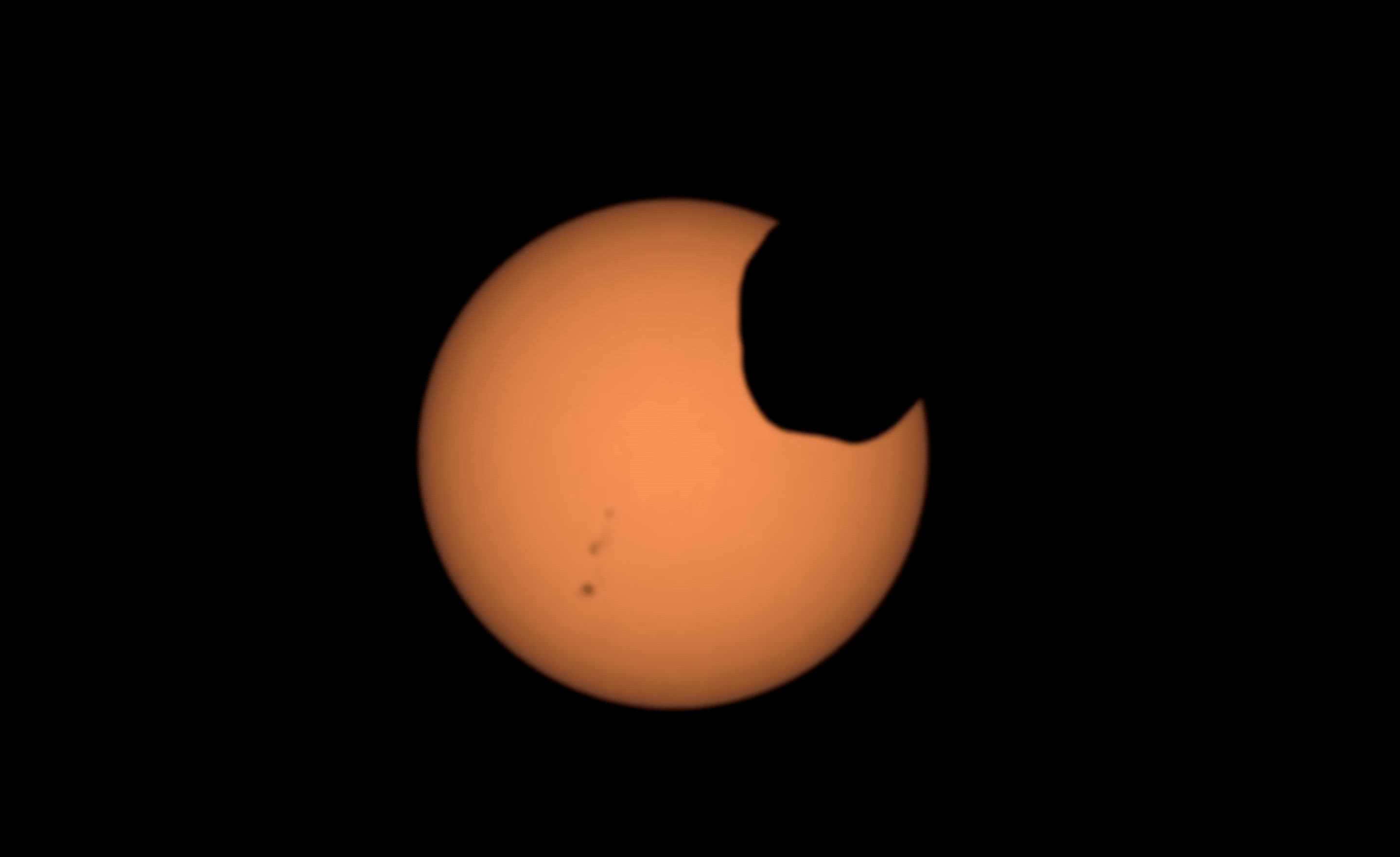When you purchase through links on our situation , we may earn an affiliate charge . Here ’s how it work .
A close - up face at the birthing of a star has revealed a surprise : Not one new stellar body , but two .
In 2017 , scientists using a new raiment of radio telescope in the Chilean desert were observing a massive immature star call MM 1a in an active star - forming neighborhood of the extragalactic nebula more than 10,000 wanton - years away . As they analyzed the data , they realized that MM 1a was accompanied by a second , fainter object , which they dub MM 1b . This , they ascertain , was the first wizard ’s smaller sibling , formed from the spray of dust and gasolene it holds in itsgravitational pull . In asolar systemlike Earth ’s , this " disc " can fuse into planet .

An artist’s impression of the disc of dust and gas surrounding the massive protostar MM 1a, with its companion MM 1b forming in the outer regions.
" In this shell , the champion and disc we have observe is so monumental that , rather than witnessing a major planet forming in the phonograph recording , we are view another star being born , " astronomy research fellow John Ilee of the University of Leeds in England , who led the bailiwick , said in a statement . [ 6 Weird Facts About gravitational force ]
A mismatched pair
Ilee and his team made their observations using an array of 66 telescopes in the gamy - altitude Chilean desert cognise as theAtacama Large Millimeter / submillimeter Array(ALMA ) . By coordinating this raiment , scientists can detect far - flung objects as if they had an impossibly heavy optical telescope 2.5 geographical mile ( 4 klick ) wide .
MM 1a is huge , with 40 times the mass ofthe sun . Its twinned , MM 1b , is a proportional pipsqueak , less than half the raft of the sun . That size of it differential is unusual in binary stars , Ilee said .
" Many older monumental stars are find with nearby companion , " he say . " But binary wizard are often very equal in mass , and so in all likelihood constitute together as siblings . find a vernal binary system with a mass ratio of 80:1 is very strange , and hint an entirely different establishment cognitive operation for both object . "

Stars making stars
Stars distil from massive discs of junk and gases that gradually commit together their own gravity . As they coalesce , they lead off to spin , and leftover rubble and gas begin to orbit them .
In small stars like the sun , Ilee said , this disc of leftover dust and gas can startclumping into planetsthat then orbit the parent wiz . MM 1a ’s huge sizing , though , meant that a 2d hotshot could spring rather than a satellite . It ’s one of the first meter such a phenomenon has been observed , the researchers reported Dec. 14 in the journalThe Astrophysical Journal Letters .
MM 1b could possibly have its own disc of space junk , which could theoretically commingle into planets , the researchers said . But the clock is ticking for the protostar system , Ilee said . Massive principal like MM 1a last only about a million years before set off into supernovas , he said . When that happens , the whole area will bekaput .

" While MM 1b may have the potential to form its own planetary system in the future , it wo n’t be around for farseeing , " Ilee said .
in the first place published onLive Science .















